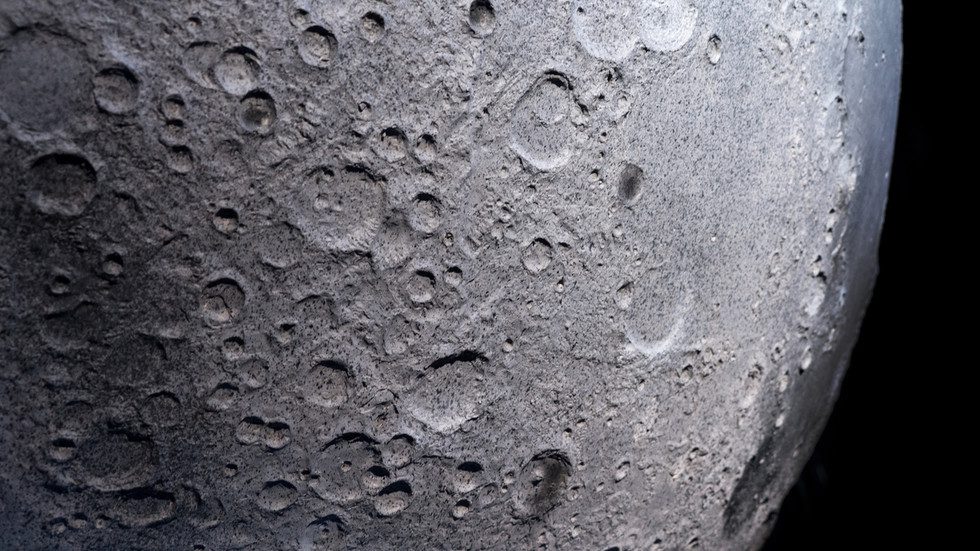Headlines
China Lands on Dark Side of the Moon, Captured in Video

China’s Chang’e 6 spacecraft, an unmanned mission, has successfully landed on the Moon to collect soil and rock samples from the far side of Earth’s natural satellite. The China National Space Administration confirmed the probe’s landing in the northeastern part of the South Pole-Aitken basin at 6:23am Beijing time on Sunday.
Following the landing, the lander will undergo initial checks before commencing the collection of samples from the lunar surface using its robotic arm. The successful return of these samples would provide scientists with valuable insights into the Moon’s little-explored dark hemisphere, perpetually hidden from Earth’s view.
The mission is scheduled to last approximately 53 days, as stated by the Chinese space agency. Additionally, the agency released remarkable footage captured by the spacecraft during the final moments of its landing.
Launched on May 3, the Chang’e 6 probe is the sixth mission in the Chang’e Project, part of the Chinese Lunar Exploration Program. This mission marks the second attempt to retrieve samples from the Moon. The previous mission, Chang’e 5, brought back rocks from the Moon’s near side in 2020, revealing surprising findings that differed from samples collected during the US Apollo and Soviet Luna missions 50 years ago.
Scientists anticipate that the samples obtained by the Chinese probe will lead to significant discoveries about the Moon’s history and evolution, particularly due to the stark differences between its two hemispheres. For example, the near side is characterized by volcanic seas, a feature that is notably absent on the far side for reasons that remain unclear.
Zeng Xingguo, a scientist at the National Astronomical Observatories of the Chinese Academy of Sciences, emphasized the importance of collecting first-hand samples from the Moon’s far side to deepen our understanding of its unique characteristics and unveil its mysteries.
Quentin Parker, a renowned astrophysicist affiliated with the University of Hong Kong, highlighted the significance of the landing site’s particulars in unraveling the mysteries of the Moon’s past.
He emphasized that the samples collected from the South Pole-Aitken basin could potentially hold ancient materials expelled from the Moon’s mantle during the colossal impact that formed the basin.
These materials could offer valuable insights into the Moon’s initial formation approximately 4.5 billion years ago, as stated in an interview with the South China Morning Post.
